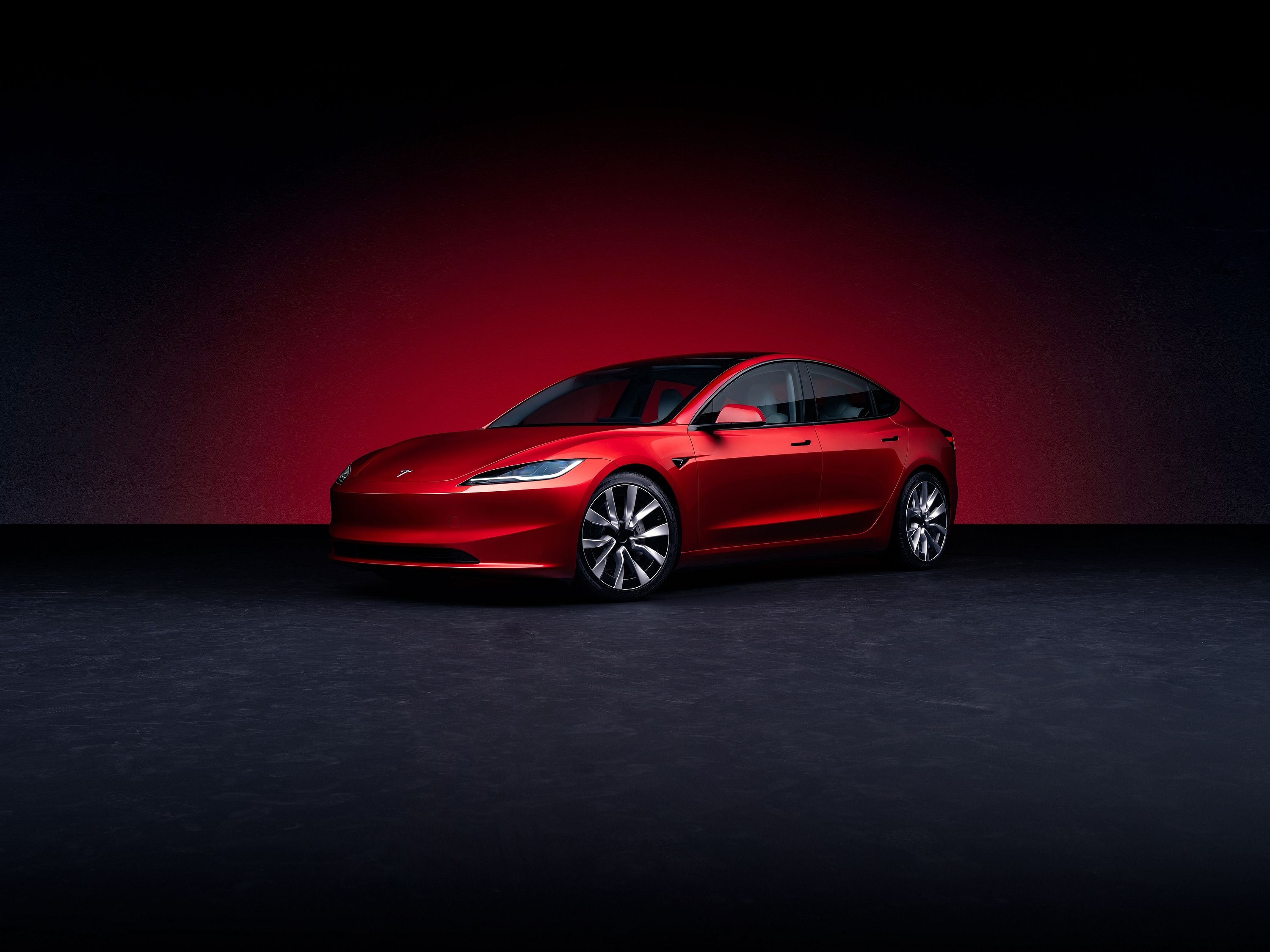
There are no production self-driving vehicles available today.
This is an indisputable fact, but due to a particular car company and some of its fans, we feel the need to repeat it quite often. Defenders of Tesla's Full Self-Driving Beta (FSDB) hit an all-time low this week by using actual kids to run out in front of a car to see if it stops.
The story begins when Whole Mars Catalog, a popular pro-Tesla website, asked owners with FSDB to have their children run in front of the car for a test. Remember that FSDB mistakes have been well documented and that Tesla is the subject of 38 NHTSA investigations.
"Is there anyone in the Bay Area with a child who can run in front of my car on Full Self-Driving Beta to make a point? I promise I won't run them over... (will disengage if needed, this is a serious request)," said Omar Qazi, owner of the Whole Mars Catalog account.
Despite saying it was a "serious request," we didn't think anyone would answer Qazi's call to use an actual child to test a potentially dangerous semi-autonomous driving software. We were sadly mistaken.
It didn't take long before Tad Park, CEO of an investment company called Volt Equity, volunteered his Tesla Model 3 (and his children) for this dangerous and irresponsible test.
Using a combination of a mannequin and Park's living, breathing children, Whole Mars Catalog conducted a test to see if FSDB can recognize kids crossing the street and react appropriately. Why you might ask, would anyone feel the need to risk their children for such a silly test? To prove a point.
We've seen several videos where a Tesla with FSD failed to stop for a dummy in a test where vehicles with LiDar and other emergency crash systems successfully avoided a collision. But Whole Mars Catalog took issue with a particular commercial (shown at the beginning of the video) filmed by Green Hills Software, which showed a Tesla failing to stop for a dummy.
There are two major flaws with this test. One, it involves actual children, which is outright reckless. Even if Park was paying attention while his kids were running in the street, creating any amount of risk for them to be hit by a car borders on child endangerment.
Secondly, the experiment does not prove that FSDB will stop in all (or even most) instances when a child runs into the street. Park only set his vehicle to move at very low speeds when an actual human was involved and left plenty of room on the road for the car to slow down.
This is not necessarily indicative of a real-world situation, where a child might appear on the road unexpectedly while the car is moving at a higher rate of speed.
The only higher-speed run used a stationary dummy, and the Tesla did not stop, it veered a bit to the right to avoid crashing. What if the dummy was a real child that suddenly darted to the right? The child would have been run over.
There's a reason why the NHSTA and IIHS crash tests aren't done with actual humans. If the potential for bodily injury is above 0%, there's no reason to involve a living person in the test. When it comes to crash testing, leave it to the professionals.
